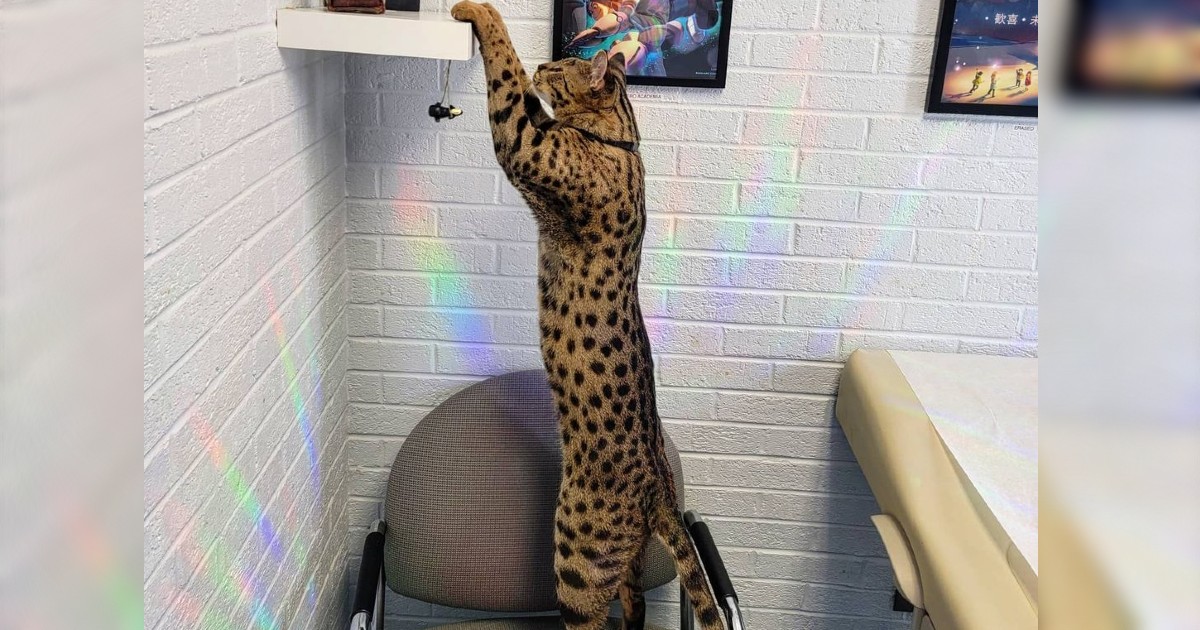Arabia, North Africa, Pakistan, and Central Asia are all home to the sand cat. Where there is a sand desert or a stone valley overrun with thorny shrubs, which is nearly hard to pass through.

This breed is found in clay deserts and on rocky coastal hills less frequently.

This species differs from other wild cats in one important way: it is small. A sand cat’s length ranges from 65 to 90 cm, with the tail accounting for 40% of the total length.

The animal’s height ranges from 24 to 30 cm. Male cats weigh between 2 and 3.5 kg, whereas female cats are smaller.

Sand cats are nocturnal animals, with the exception of the Pakistani subspecies, which is active primarily after dusk during the winter and early spring.

Sand cats reside in ancient and abandoned burrows of other species, such as corsacs, foxes, and porcupines, as well as extended gerbil and gopher burrows.


This species can survive in temperatures ranging from – 5 to plus 52 degrees Fahrenheit. These cats may go for months without drinking water, extracting only a small amount of moisture from their food.


It’s fascinating that sand cats, even adults, have the appearance of kittens.







